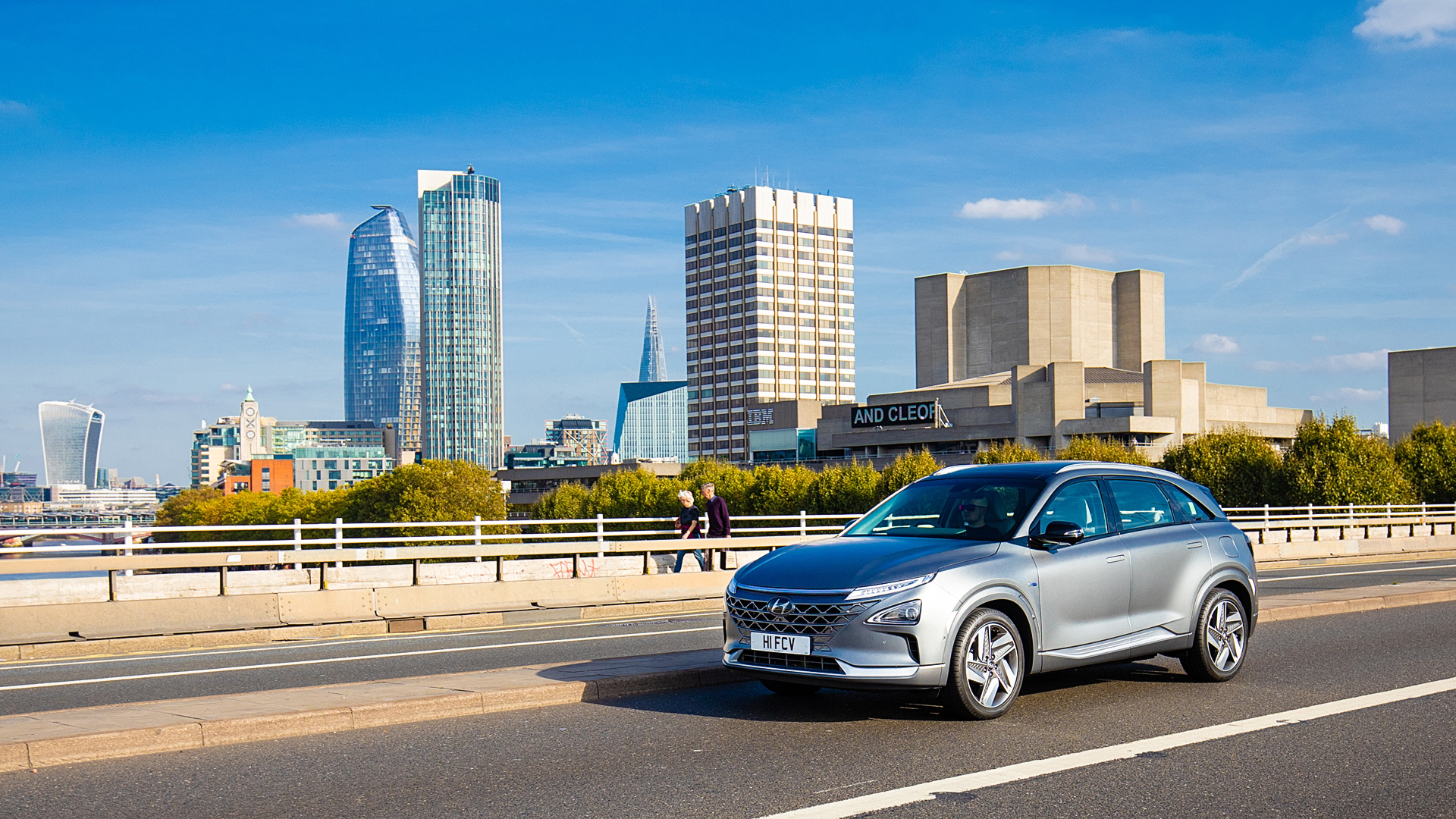
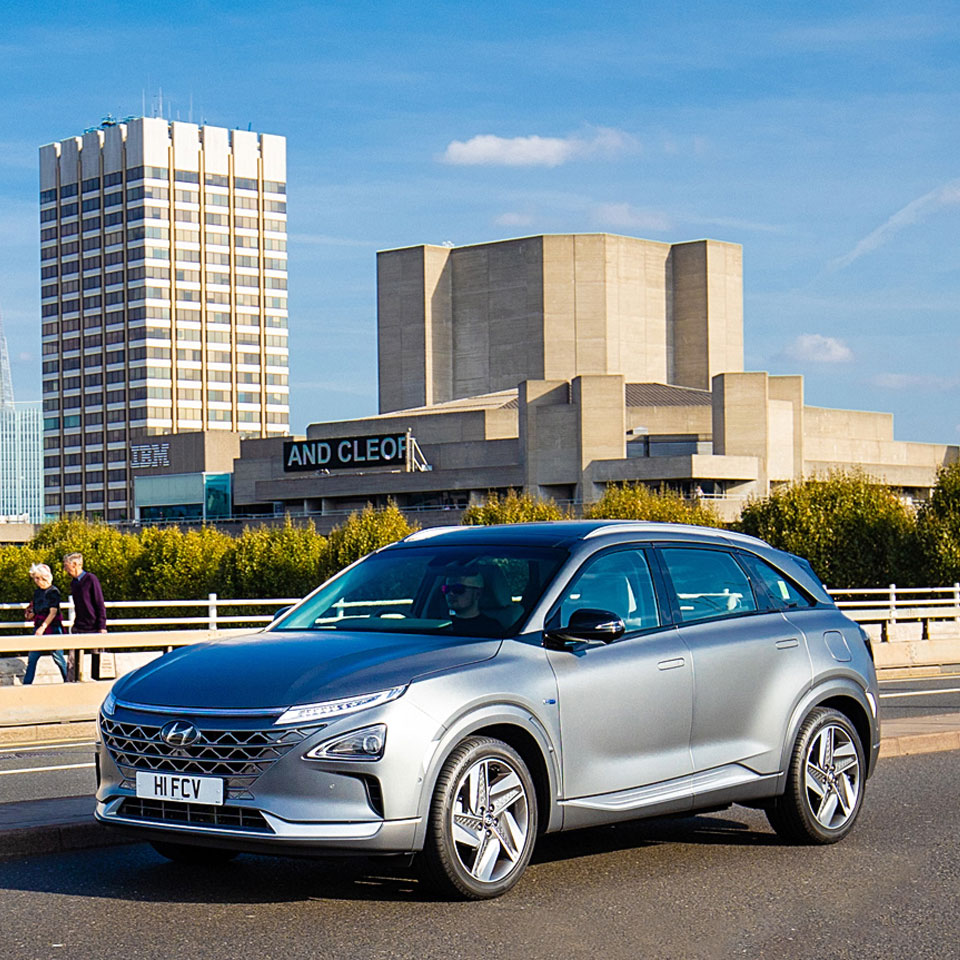


The long-lasting worry that an environmental crisis will occur due to global warming has already come to reality. The damage caused by global warming, which nobody has thought would affect any of us, includes the heat island phenomenon and frequent typhoons in summer, and cold waves and heavy snowfall in winter that is even worse than those in Siberia. This is not just happening in Korea - it is now a problem that the world is facing.
The whole world agreed this is becoming a major problem and agreed to reduce greenhouse gas emissions, the main perpetrator of global warming, by signing the Paris Climate Change Agreement in 2015. Moreover, we need other energy sources to replace fossil fuels that emit greenhouse gases. This is why many countries are paying attention to hydrogen energy.
How close have we come to an eco-friendly hydrogen society for both mankind and the planet earth? [HMG's Vision for Hydrogen: Part 1] talks about the development and distribution of FCEVs, which are key elements for building the hydrogen society.
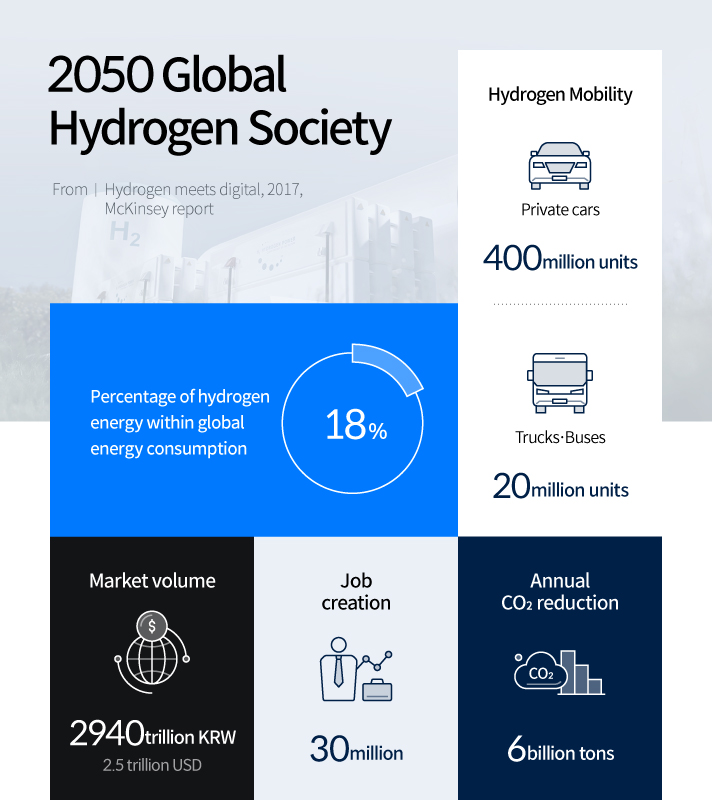
Hydrogen is an infinite substance that makes up more than 90% of the molecules in the universe. In addition, it is a good eco-friendly energy source because only pure water is discharged in the process of making energy through combining with oxygen.
The report 'Hydrogen meets digital, 2017' released by global consulting firm McKinsey predicts that around 2050, about 18% of the energy used by the world will be hydrogen. It is expected that many cars on the road will be powered by hydrogen, as well as the energy required for power generation, cooling and heating buildings, and operating industrial facilities. A hydrogen society powered by hydrogen is indeed coming.
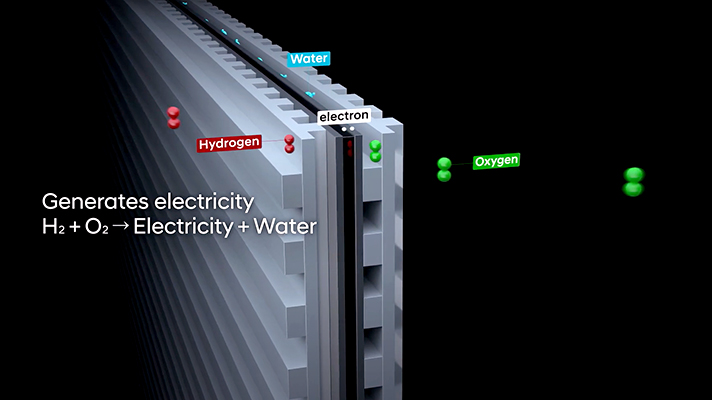
Of course, building a hydrogen society is never an easy task. It would be nice if hydrogen could be mined like petroleum for immediate use, but on Earth, hydrogen is mainly in the form of water or organic compounds such as gasoline, natural gas, propane, and methanol. Hydrogen requires production facilities to be converted into an appropriate energy source. In addition, energy conversion to use hydrogen is also a challenge.
To use hydrogen as an energy source, you need fuel cells. A fuel cell is a device that generates electric energy by generating a chemical reaction between the fuel and an oxidizing agent. It simply is a generator that creates electricity when hydrogen is injected.
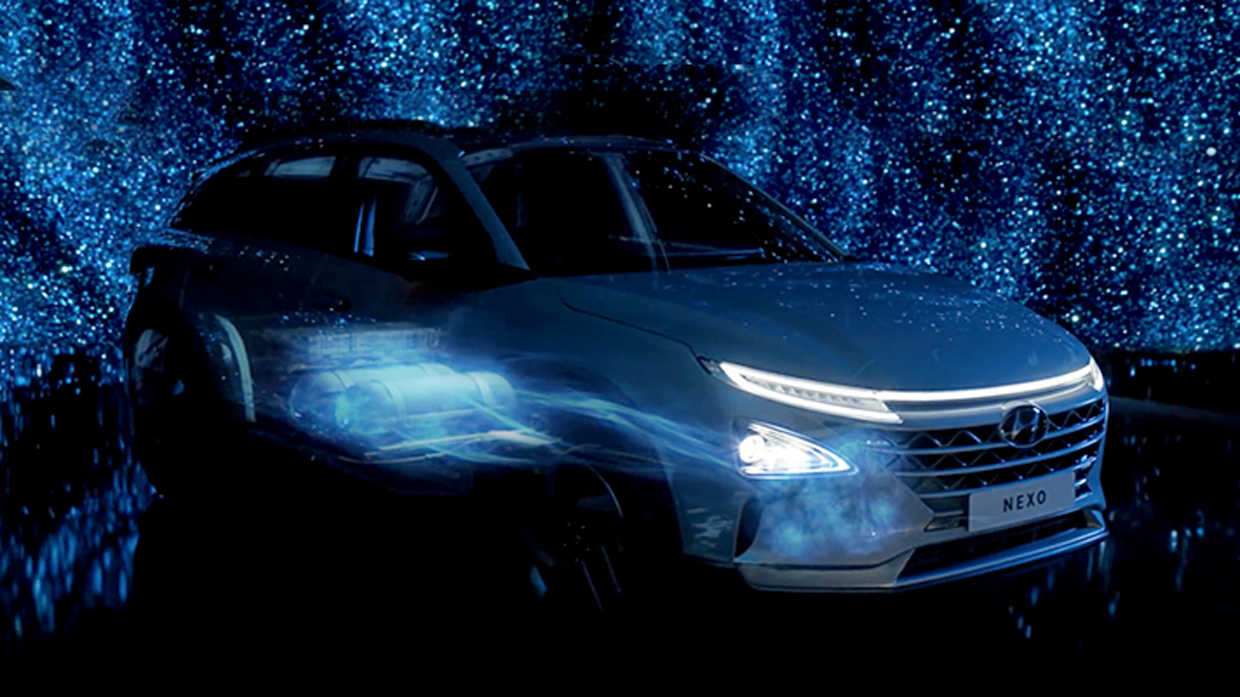
FCEVs are regarded as the key to an eco-friendly hydrogen society. This is because it is necessary to have all the infrastructure and technology related to hydrogen energy, regarding production, transportation, and utilization. In order to drive an FCEV, we must first have facilities to produce hydrogen, and a way to deliver it to the infrastructure where FCEVs are manufactured. Finally, fuel cell technology that uses hydrogen to generate electric energy to drive motors must also be well-developed. In other words, the increasing number of FCEV means that we are getting closer to the hydrogen society.
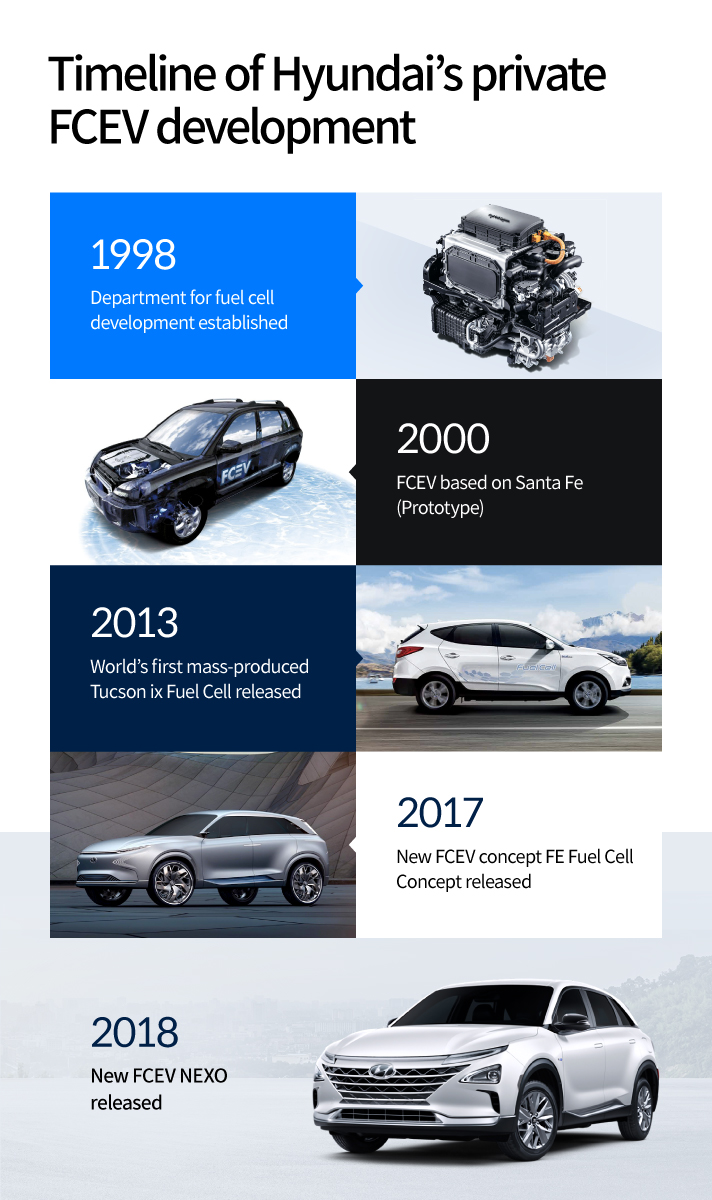
The fuel cell, which uses hydrogen as a fuel to produce electrical energy, was first developed in 1839 by Professor William Robert Grove of the Royal University of London, England. And in the mid-1900s, the development of automobiles with fuel cells began. However, due to the enormous size of fuel cells and hydrogen tanks, the practicality and production cost were also in question, hence failed the commercialization. Hyundai Motor Company was the first in the world to mass-produce the forgotten hydrogen-electric vehicle, FCEV.
Hyundai was sure that FCEVs using fuel cells and electric vehicles (EVs) would be eco-friendly enough to replace internal combustion engines, and in 1998, after establishing a department for developing fuel cells, the company began its full-scale development. And two years later, at the California Fuel Cell Partnership (CaFCP) held in California, USA, Hyundai unveiled its first FCEV, the fuel cell-powered Santa Fe. The world's and the company's first mass-produced FCEV was launched in 2013, the Tucson ix35 Fuel Cell equipped with Hyundai Motor's own fuel cell system. Following Hyundai Motors, Toyota and Honda also developed a mass production system for FCEVs, and the era of hydrogen-electric vehicles has finally begun.
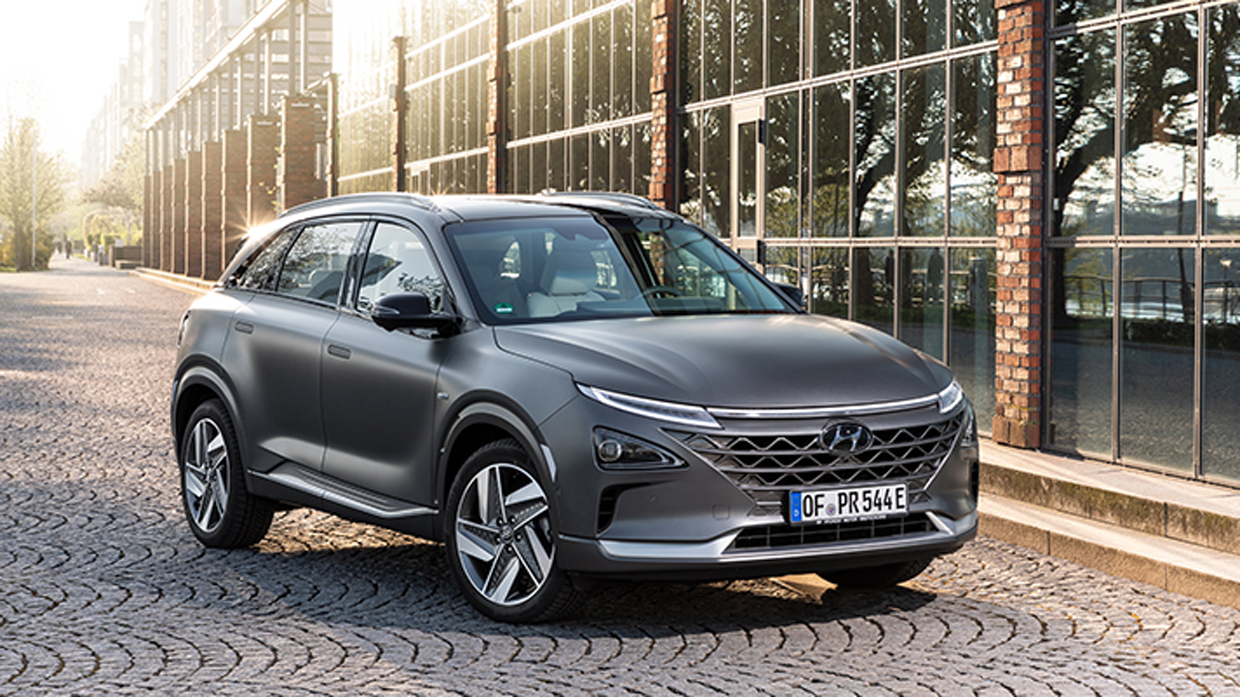
With the launch of Hyundai Motor's second-generation hydrogen electric vehicle Nexo, it gained worldwide attention for its eco-friendliness, performance, convenience, safety features, and price. Growing interest led to bigger sales volume. In the case of the previous model, Tucson ix35 fuel cell, the cumulative sales reached about 1,000 units, but the domestic sales of Nexo have exceeded 10,000 units only after two years and six months of its launch. Besides, it is being sold in other areas such as North America, Japan, and Europe.
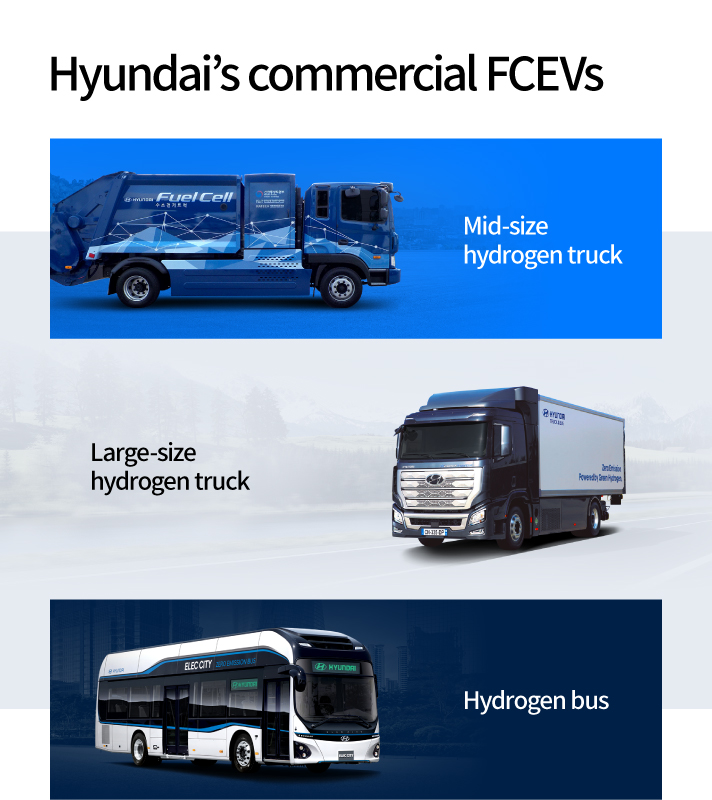
In order to for the hydrogen society to come sooner, Hyundai Motor Company kept working on the development of commercial FCEVs following the private ones, and succeeded in mass production of hydrogen buses and trucks. Commercial vehicles such as buses and trucks emit more pollutants such as greenhouse gases and fine dust due to the greater mileage compared to passenger vehicles. According to data released by the Ministry of Environment in 2016, heavy-duty trucks account for about 1% of the total number of vehicle registrations, but ultra-fine dust emitted annually accounts for about 24.2% of the total vehicle emissions, taking up to 1223 tons. Compared to passenger cars, each truck emits significantly more greenhouse gases. For reference, McKinsey predicts that the number of commercial FCEVs will take up only 5% of all FCEVs by 2050, but the amount of greenhouse gas that is reduced will be more than 30% of the total land transportation sector.
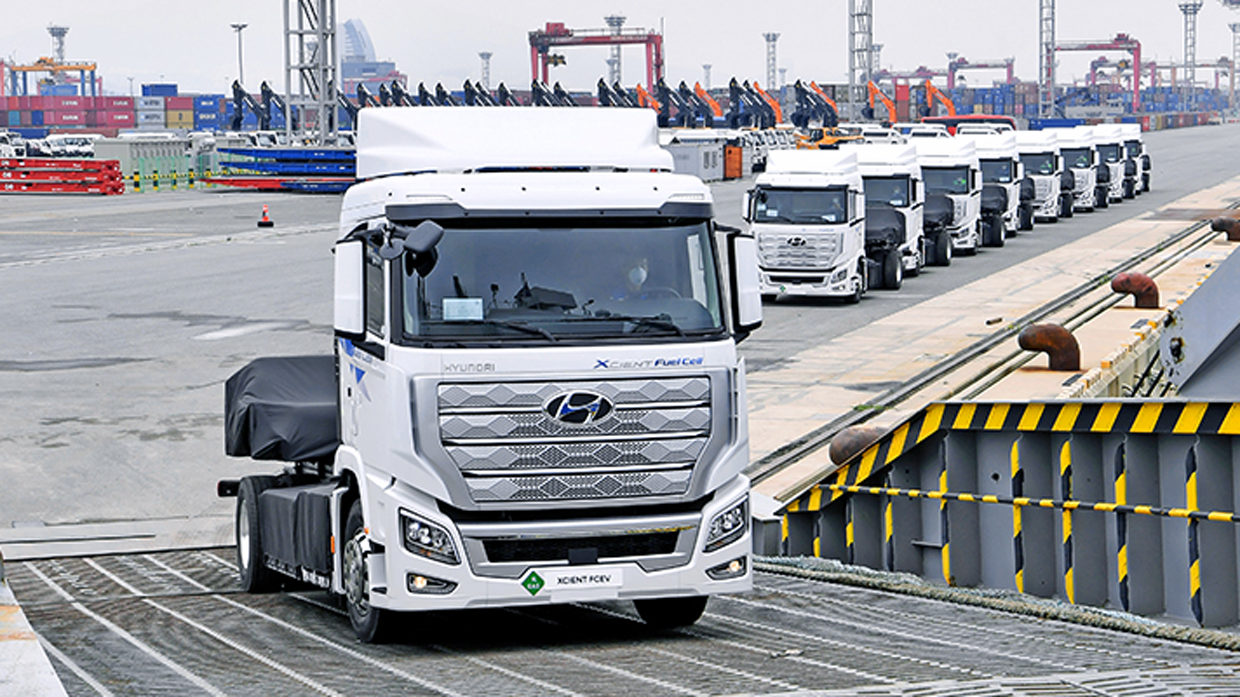
The interest in commercial FCEVs is as high as that of passenger ones. In Korea, hydrogen buses are already in operation or plan to operate in many cities such as Ulsan, Changwon, Busan, Seoul, Gwangju, Seosan, and Asan. Pilot projects such as hydrogen-powered cleaning trucks and hydrogen-electric heavy-duty trucks are also being implemented.
In Switzerland, the Hydrogen Electric Heavy Duty Truck Project is underway to confirm their effectiveness. Hyundai Motor Company has formed a strategic partnership with European companies related to hydrogen energy to supply a total of 1,600 hydrogen heavy-duty trucks by 2025, and plans to build a hydrogen ecosystem through local producers and manufacturers. Hyundai is planning to enter the eco-friendly commercial vehicle market not only in Switzerland but also in other European countries such as Germany, Netherlands, Austria, and Norway. In fact, last July, Hyundai mass-produced the world's first hydrogen heavy-duty truck XCIENT Fuel Cell, and exported them to Switzerland.
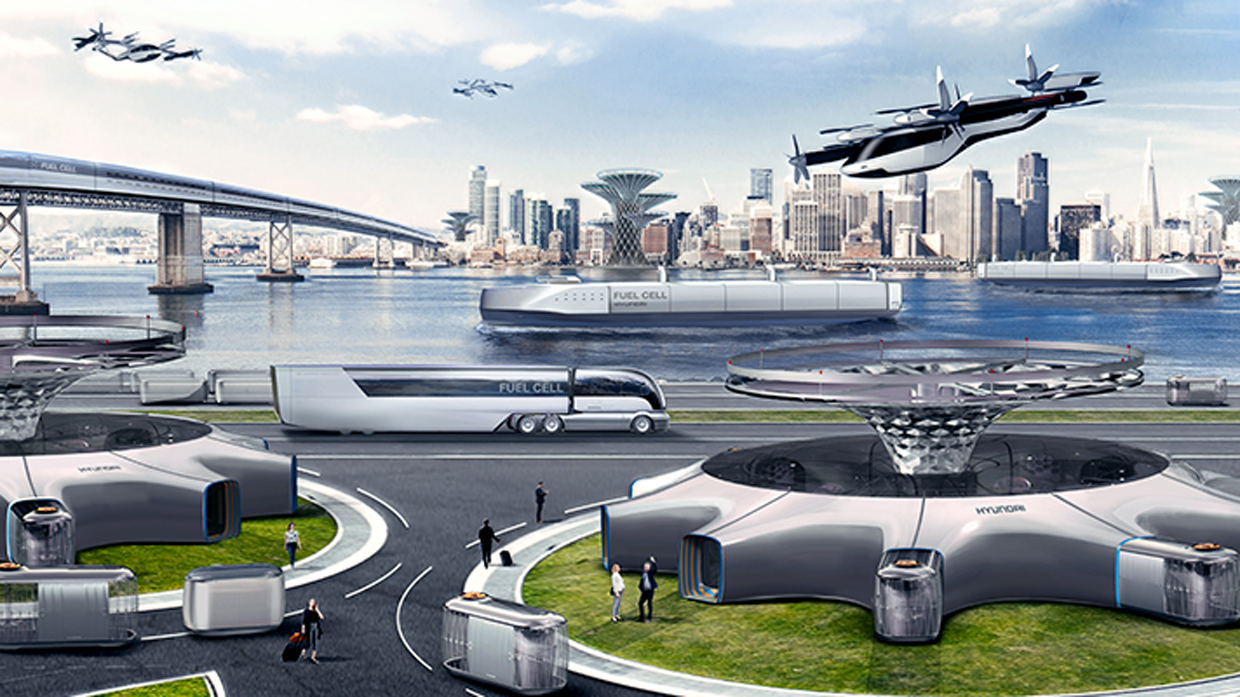
The Hydrogen society has already come to us. FCEVs with eco-friendliness, convenience, and performance have emerged, and the number of proper hydrogen infrastructure is growing in the market. Hydrogen energy, which was unfamiliar until only a few years ago, is now being evaluated as the main energy source that will drive the next green society of the future. The fact that some of the world's leading countries have already built hydrogen production facilities proves this - not to mention huge investments to use hydrogen in power generation, heating and cooling systems, and industrial energy, including transportation systems. Building a hydrogen society is not easy, but we are already taking steps to build one.
* The following article, [HMG's Vision for Hydrogen: Part 2], will talk about the main principles of fuel cells, various types of hydrogen mobility, and hydrogen projects of Hyundai Motor Group for utilizing fuel cells such as hydrogen power generation systems.
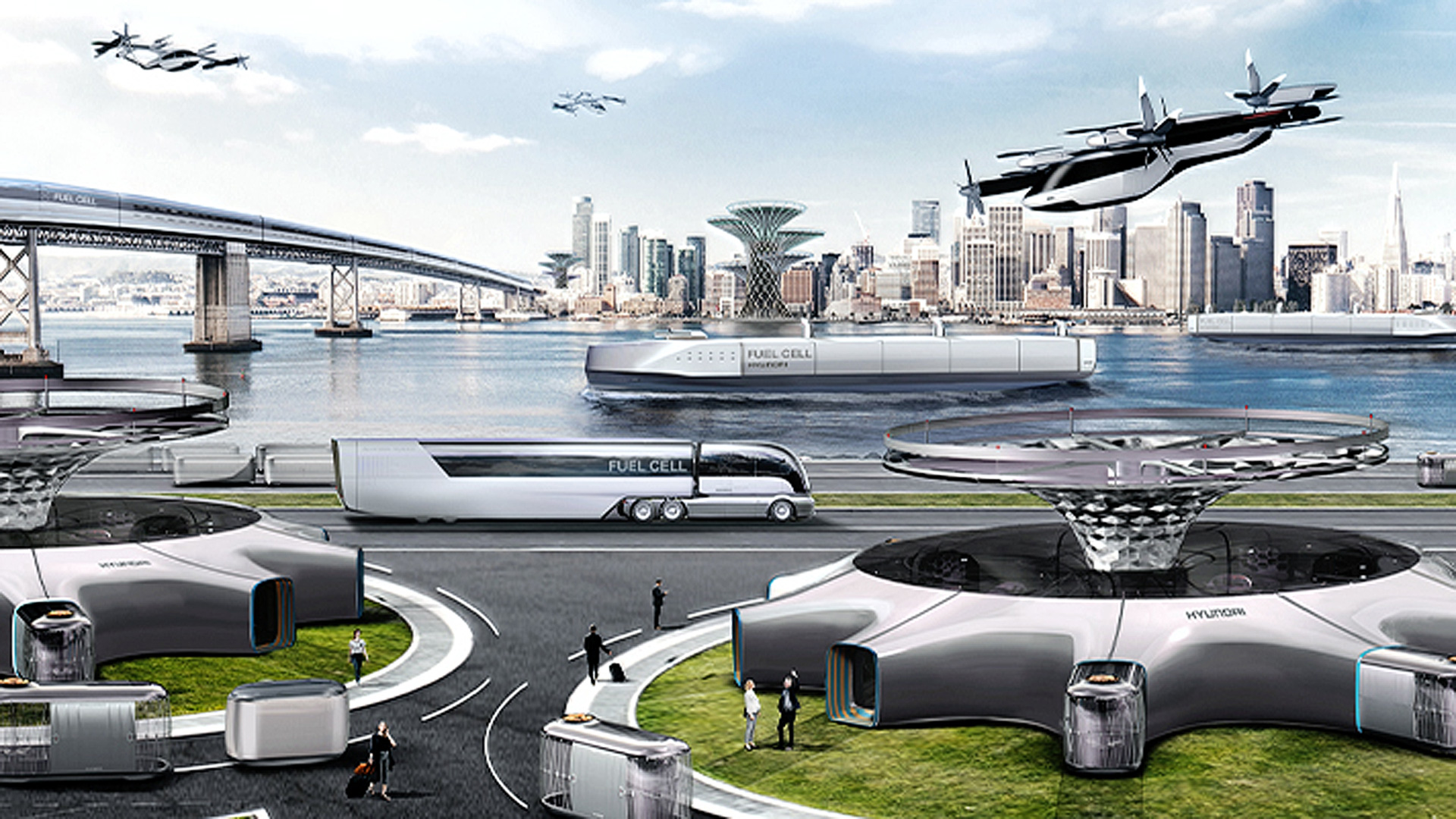
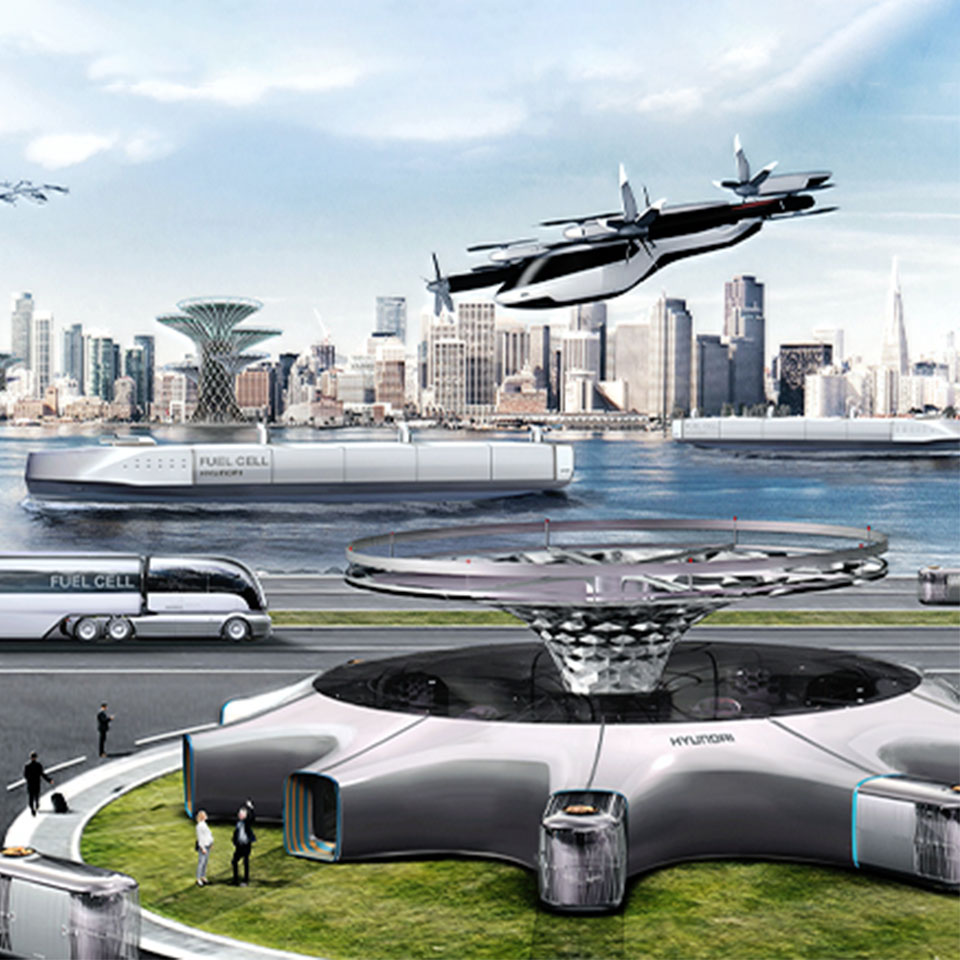
[Vision for Hydrogen: Part 3] Hydrogen Infrastructure
2021.05.13 7min read